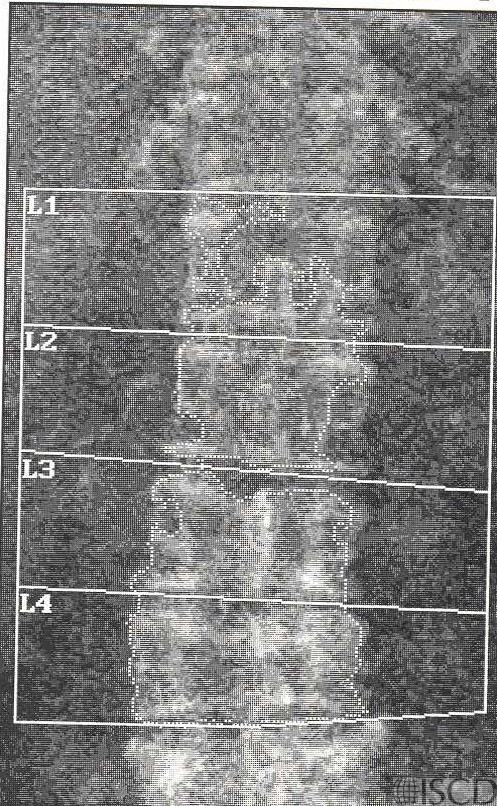Poor Spine Edge Detection
There is poor edge detection on this Hologic lumbar spine scan. Edge detection is one of the technical aspects that should be scrutinized on each DXA scan.

There is poor edge detection on this Hologic lumbar spine scan. This may occur in individuals with very low bone mineral density. Items to be scrutinized on DXA evaluation include:
P – Positioning
A – Artifacts
R – Regions of Interest
E – Edge Detection
D – Demographics and Databases
Sarah L Morgan, MD, RD, CCD, The University of Alabama at Birmingham